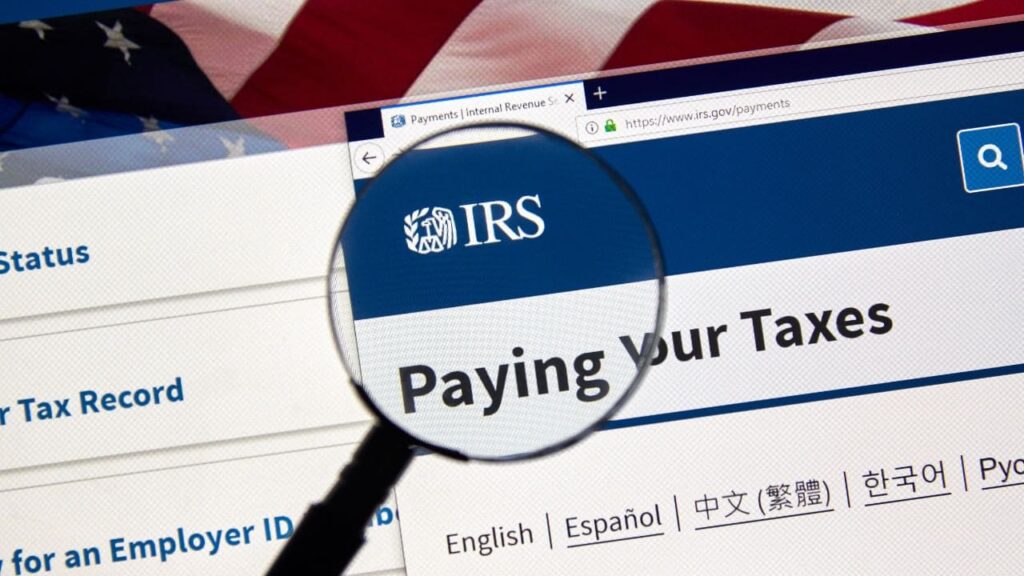The tax filing season in the United States for 2025 began in January, and thousands of taxpayers have already received their tax refund. However, many families are still waiting for their payment related to last year’s taxes, raising concerns about the exact timing of their refund.
The Internal Revenue Service (IRS) does not automatically send refunds to all citizens, as eligibility depends on various factors. The speed at which the payment is received also varies based on the filing method and the type of payment selected. Therefore, it is crucial to understand the estimated timelines and the aspects that may influence the receipt of funds.
When Will the IRS Tax Refund Arrive in 2025?
The date on which taxpayers receive their IRS refund depends on when they submitted their tax return. While there is no official calendar with exact dates, historical records allow for estimated timelines:
- Return submitted on January 27: Direct deposit expected by February 17
- Return submitted on January 28: Direct deposit expected by February 18
- Return submitted on January 29: Direct deposit expected by February 19
- Return submitted on January 30: Direct deposit expected by February 20
- Return submitted on January 31: Direct deposit expected by February 21
- Return submitted on February 1: Direct deposit expected by February 22
- Return submitted on February 2: Direct deposit expected by February 23
- Return submitted on February 3: Direct deposit expected by February 24
- Return submitted on February 4: Direct deposit expected by February 25
- Return submitted on February 5: Direct deposit expected by February 26
- Return submitted on February 6: Direct deposit expected by February 27
- Return submitted on February 7: Direct deposit expected by February 28
- Return submitted on February 8: Direct deposit expected by March 1
- Return submitted on February 9: Direct deposit expected by March 2
- Return submitted on February 10: Direct deposit expected by March 3
- Return submitted on February 11: Direct deposit expected by March 4
- Return submitted on February 12: Direct deposit expected by March 5
- Return submitted on February 13: Direct deposit expected by March 6
- Return submitted on February 14: Direct deposit expected by March 7
- Return submitted on February 15: Direct deposit expected by March 8
- Return submitted on February 16: Direct deposit expected by March 9
- Return submitted on February 17: Direct deposit expected by March 10
Factors That May Delay the IRS Refund
While these dates are estimates, several reasons may cause the IRS to take longer to process a refund:
- Errors in the tax return: Incorrect or inconsistent data can lead to delays.
- Additional IRS review: In some cases, the IRS conducts internal audits that extend processing times.
- Payment method selected: Opting for direct deposit usually speeds up the refund process compared to paper checks.
- Outstanding government debts: If the taxpayer has debts with the IRS or other government agencies, the refund may be withheld partially or entirely.
To check the status of a refund, taxpayers can use the IRS’s official “Where’s My Refund?” tool available on its website. This tool helps verify if there are any issues with the application and provides an estimated payment date.
